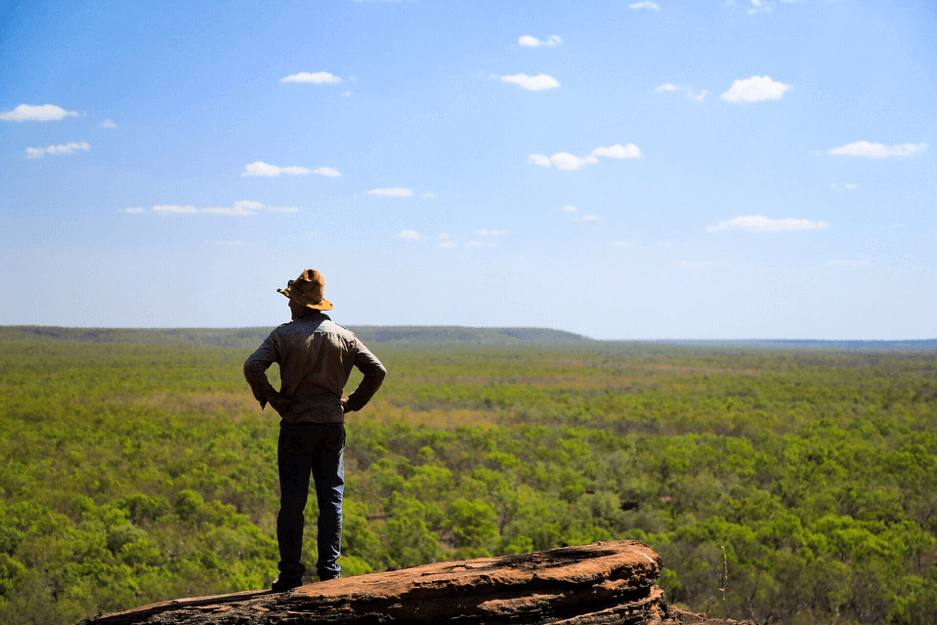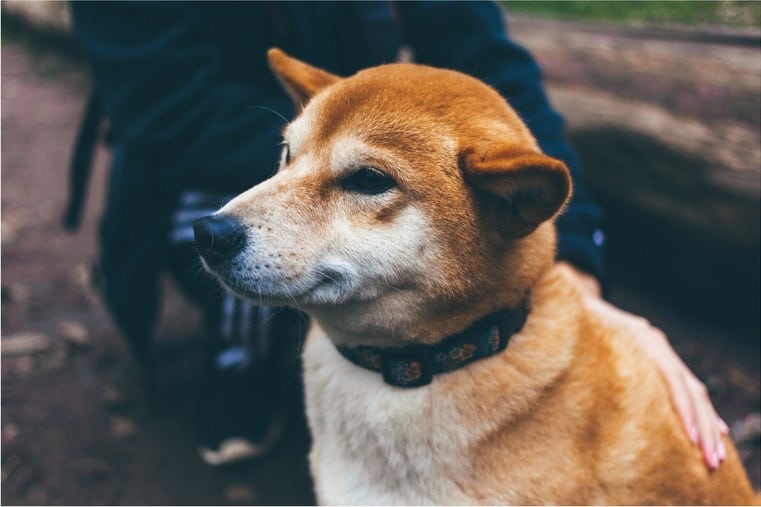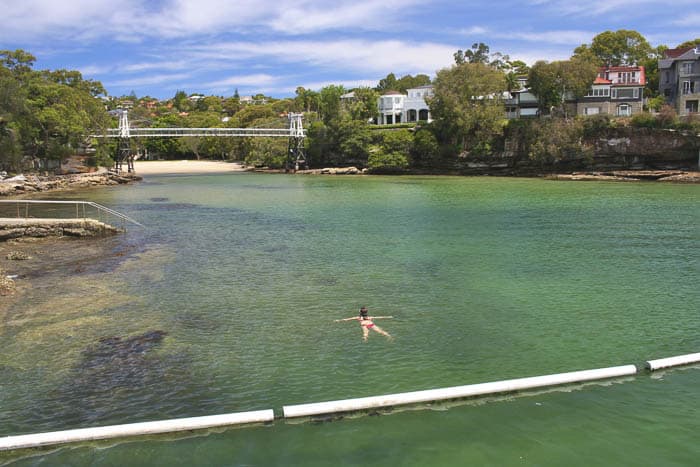Indigenous Rock Art Sites of Australia
Anbangbang Rock Shelter, Kakadu National Park
The fascinating and diverse range of Aboriginal Rock Art in Australia is absolutely mind-blowing.
The history and spirituality of this rich culture, represented by the primitive artwork scrawled across rocks and caves all over our country, is staggering. Aboriginal rock art is part of an ancient tradition of painting and engraving, and sadly, only about fifty years away from disappearing forever.
The images tell us of a time when Ancestral Beings moved across the land, creating geographical features and sacred sites; of species that were extinct long before white settlers arrived, of food available in the area, and of the relationships amongst the tribes that inhabited the continent thousands of years ago. Australian Rock Art sites also provide a unique insight into climate change and contact with other cultures.
Gwion Gwion rock art site, Kimberley, WA
Australia has some of the largest and most ancient open-air rock art sites in the world. Rock art is the Indigenous version of a history book, and holds the key to Australia’s ancient and modern history. There are 100,000 known Indigenous art sites around Australia, and certainly, many thousands more have not yet been discovered by modern man. Only a small percentage of these discoveries have been documented, and many are kept a secret in Indigenous communities, to avoid vandalism and desecration of their sacred sites.
Some examples of rock art describe Megafauna such as the Genyornis, though to have become extinct over 40,000 years ago, as well as more recent events such as the arrival of European ships.
The Genyornis, Central Arnhem Land
Amazing sites around Australia
New South Wales-Ku-ring-gai National Park
In the Sydney area, there are many hundreds of easily accessible rock engravings on or near the coast. The Ku-ring-gai National Park has over 800 recorded sites, and The Basin, near West Head in Sydney, boasts an extensive range of carvings. Images are of kangaroos, fish, humans, symbols, a turtle, as well as an hermaphrodite.
Queensland-Quinkan Country
The rock art sites in Quinkan Country near Laura, on the Cape York Peninsula, are listed by UNESCO as one of the top ten sites in the world. The Split Rock Site is the most famous of the galleries, and contains images ranging from 200-15,000 years old.
Tasmania-Preminghana
Located on the North West tip of the state, the Preminghana artwork is the finest display of Aboriginal art in Tasmania. Geometric motifs cover almost every inch of rock, with circles, trellises, intricate dot patterns, crosses, and parallel lines giving the rock a sculptured appearance.
Victoria-the Grampians and Flinders Ranges
The Grampians hold about 90% of Victoria’s rock art. There are around 250 rock art sites scattered across five spectacular sandstone ridges.
Bunjil Creation Ancestor-Ngamadjidj Aboriginal Art Shelter
ACT-Namadgi National Park
The only known art sites in the ACT occur in Namadgi National Park and the Tidbinbilla Nature Reserve, although there are rumours that there is an art site in limestone caves deep under Canberra’s City centre.
NT-Kakadu National Park
Kakadu holds one of the greatest concentrations of rock art in the world. Approximately 5000 sites have been recorded, and a further 10,000 are thought to exist-still, just a tiny sliver of the total body of art in the Arnhem Land Plateau.
An exciting discovery at Djulirri, in the Wellington Range of Arnhem Land, is set to rewrite the history of Australia. The images tell of a new story of contact between Aboriginal people and the rest of the world, and capture some of the most important technological innovations of the 19th and 20th century-including a biplane, bicycle, car and rifle, as well as portraits of church ministers, sea captains and traders, all alongside stunning rock art over 15,000 years old. While it has long been known that the Macassans traded with the Aboriginal people, the accepted date for this was the early 18thCentury. Scientists now believe it may have begun centuries earlier.
WA-The Kimberley
Rock art in WA falls into two distinctive categories: Wandjina and Gwion Gwion art.
Wandjina art dates back over 5000 years. The Wandjina were cloud and rain spirits who controlled the storms that heralded the wet season and, during the Dreamtime, created or influenced the landscape and it’s inhabitants
The oldest rock art in the Kimberley Region, the Bradshaw Paintings (or Gwion Gwion) are thought to be between 40,000 and 60,000 years old. The Bradshaw Paintings are highly distinctive when compared to the Wandjina Art of the same region.
SA-Yourambulla Caves (Flinders Region)
The age and purpose of these paintings are not yet known, but are thought to relate to the Dreaming, or ceremonies associated with this site. Some of the oldest rock art ever recorded in the world is located in the Olary region of South Australia-confirmed to be more than 35,000 years old.
Rock art sites are special and spectacular places that reflect Australia’s ancient and enduring spirit. But it saddens me to know that at least 50% of these rock art sites will be gone before my future grand children will have a chance to appreciate them. Pollution, development, bureaucrats, vandals and feral animals all play a role. But perhaps, the most devastating reason for the loss of Indigenous rock art, is the demise of traditional Aboriginal culture.
In the past, Aboriginal people periodically re-grooved their engravings during their spiritual cycle, and did so for thousands of years to ensure the survival of the art. However, many traditional owners of rock engravings have passed away before sharing their knowledge and passing on their authority, and so, re-grooving of engravings is now very rare. Because of the spiritual significance of the engravings, it is seen as an act of desecration if non-indigenous people attempt to preserve the rock art. This is a source of contention between Indigenous communities, local government, industry, and conservation groups-who often share different opinions of how the sites should be managed.
My advice is, if, like me, you are awestruck by these inspiring works of art, that you go and see as many sites as you can, before they are gone for good.
Words by Katie James







